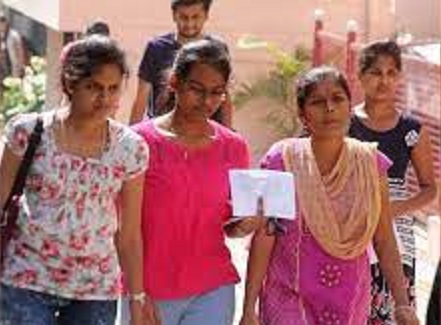- As a welcome sign, the stakes for women have undergone tremendous changes, mostly for the good, over the last couple of decades. We all know, how women were treated since times immemorial rendering them to essay a second fiddle to men on matters of importance. Just because men were physically stronger than women, the former continued to hold appreciable sway over the latter in society’s scheme of things. As human endeavors ensured unimaginable progression on every front around, the clarion call for according to equal rights for women started gaining ground. Yes, humanity has witnessed welcome changes where gender parity, equality, opportunities, and a level playing field for both genders to excel have finally made their presence felt. But is it enough?

PC: Representational Image
- The world of today is driven by creative technology that is always developing and bringing incredible amenities to the forefront. But, no one is complaining. The presence of women in line with the advancements hasn’t been as expected, though. Does someone remark that the ingrained patriarchal and misogynistic worldview hasn’t changed? Naturally, it hasn’t. But there are discernible changes. Exams and education are two areas where women frequently fall behind males. For the second year running, women won the top four positions in the Civil Services Exam 2022. Most notably, since 2018, the percentage of women recommended for appointment to the IAS and IPS has increased from 24% to 34%.
- Without a doubt, the increase in gender equality in public administration points to a positive development. It has been identified as a crucial indicator for a government that is more receptive and accountable to the wide range of public interests. When we enlarge the view, however, we can see that women in India are still far from achieving equal employment across all levels, industries, and positions in the government, particularly in its highest positions. India has never had a female cabinet secretary, as history will show. With the appointment of the first female foreign secretary in 2001 and the first female finance secretary in 2011, the winds of change just began to blow this century. The need for much catching up, though, makes it crucial to proceed even more quickly.

PC: ABP Live
- Women hold only 12% of top leadership positions in India, according to a 2021 UNDP global study on gender equality in public administration, compared to 29% in Singapore, 40% in Australia, and 53% in Sweden. Women’s recent UPSC success shows that, with the correct service policies, including recruitment and promotions panels, gender parity among civil officials is achievable. But, even among all officials, India falls well behind nations like China and the US, with open positions making the labor crisis worse. India needs a bureaucracy that is bigger and more inclusive in the important aspects since it is the most populated nation and has a fast-growing economy with ambitions. Administrators can be both males and women.






